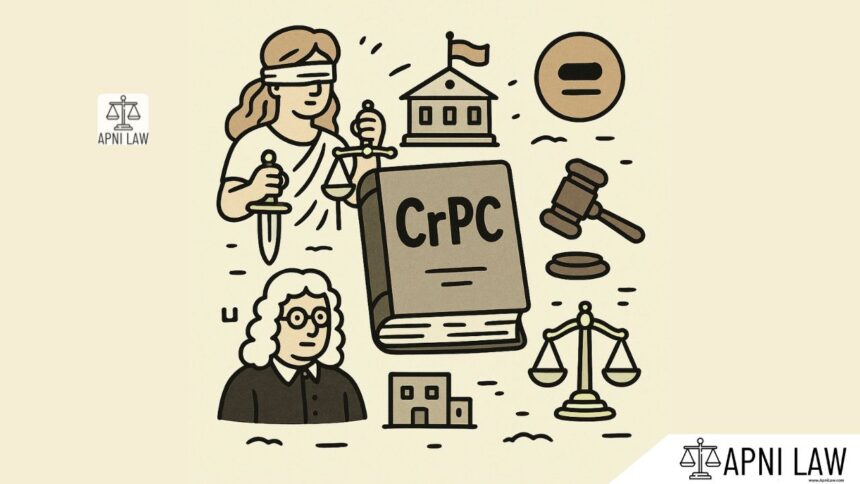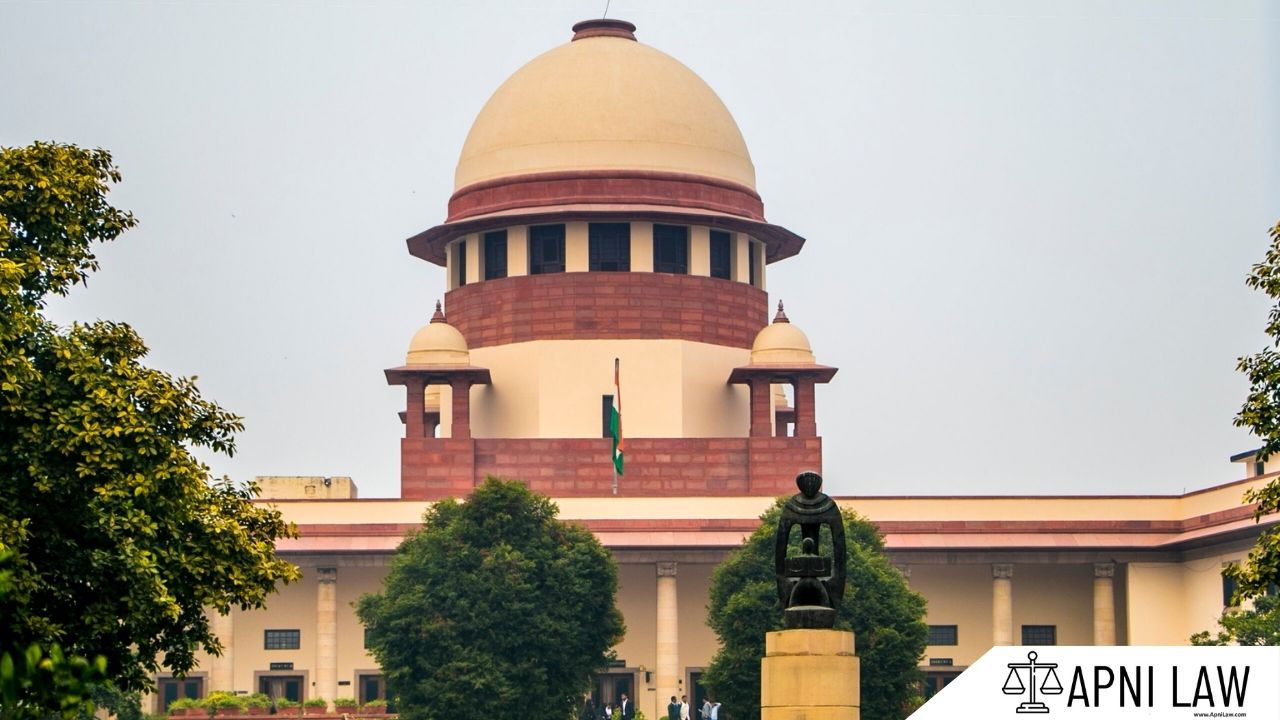Code:
1[54A. Identification of person arrested.— Where a person is arrested on a charge of committing an offence and his identification by any other person or persons is considered necessary for the purpose of investigation of such offence, the Court, having jurisdiction may, on the request of the officer in charge of a police station, direct the person so arrested to subject himself to identification by any person or persons in such manner as the Court may deem fit:]
2[Provided that, if the person identifying the person arrested is mentally or physically disabled, such process of identification shall take place under the supervision of a Judicial Magistrate who shall take appropriate steps to ensure that such person identifies the person arrested using methods that person is comfortable with:
Provided further that if the person identifying the person arrested is mentally or physically disabled, the identification process shall be videographed.]
STATE AMENDMENT
Uttar Pradesh
Insertion of new section 54-A.—After section 54 of the said Code, the following section shall be inserted, namely :—
“54-A. Test identification of the Accused.— When a person is arrested on a charge of committing an offence and his test identification by any witness is considered necessary by any court having jurisdiction, it shall be lawful for Executive Magistrate acting at the instance of such court, to hold test identification of the person arrested. ”
[Vide Uttar Pradesh Act 1 of 1984, s. 8]
Explanation:
Section 54A of the CrPC mandates that when a person is arrested, the police must take steps to identify them. This identification process is crucial to ensure the correct person is being held and to prevent wrongful arrest.
The process involves:
- Recording the arrested person’s details: This includes their name, address, age, occupation, and any distinguishing features.
- Arranging for identification parade: This is done in cases where the witness needs to identify the accused. An identification parade involves presenting the accused along with other people of similar appearance to the witness, who then attempts to identify the accused.
- Taking photographs and fingerprints: This is done for record-keeping and future identification purposes.
The police are required to record the details of the identification process in a register.
Illustration:
Imagine a situation where a person is arrested for theft. The police, following Section 54A, will take the following steps:
- Record the arrested person’s details like their name, address, etc.
- Arrange for an identification parade, if necessary, to have the witness confirm the identity of the accused.
- Take photographs and fingerprints of the arrested person for record-keeping.
Common Questions and Answers:
Q: What happens if the police fail to follow Section 54A?
A: This can be used as a ground to challenge the validity of the arrest in a court of law. The court may consider the failure to follow Section 54A as evidence of a violation of the arrested person’s rights.
Q: Who can request an identification parade?
A: Both the accused and the prosecution can request an identification parade.
Q: Is an identification parade mandatory in all cases?
A: No, an identification parade is only required if there is a need for the witness to identify the accused. It’s not mandatory in every arrest scenario.









